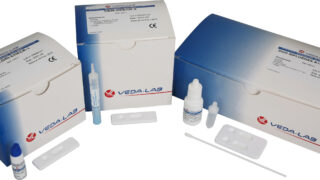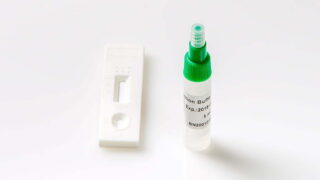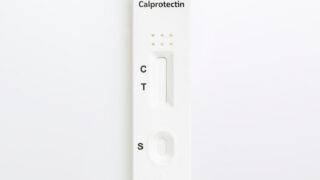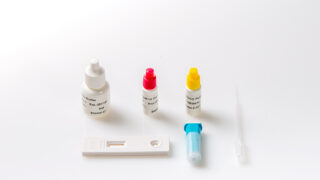Categories

Ferritin Rapid Test
A ferritin test is a medical diagnostic tool used to measure the level of ferritin, a protein that stores iron in the body. This test helps healthcare professionals assess a person’s iron status, which is crucial for managing conditions like anemia and iron overload disorders. Monitoring ferritin levels can guide treatment and dietary recommendations to maintain optimal iron balance.
Product information
The FRT (Ferritin) test is a rapid qualitative assay for the detection of human FRT in serum, plasma or whole blood.
Advantages of FRT test
- Easy to perform
- No complex sample collection needed
- Accurate test result
General information
Ferritin is the form in which higher animals store iron intracellularly. It is present in all cells, with the highest concentrations in the liver, spleen and bone marrow. Ferritin is a protein consisting of 24 polypeptide subunits (Mr 450,000) assembled in the shape of a hollow sphere with an outer diameter of 12-14 nm. Stored iron is held within this sphere.
Clinical trials have shown that serum ferritin determination may be used for the diagnosis of iron deficiency anemia . As iron deficiency develops, iron stores are depleted before anemia becomes apparent. Serum ferritin is useful in detecting iron store depletion as the concentration drops to very low values. The FRT-check-1 test is a rapid qualitative assay for the
detection of human FRT in serum, plasma or whole blood.
The method employs an unique combination of monoclonal-dye conjugate and polyclonal solid phase antibodies to identify FRT in the test samples with a high degree of specificity. As the test sample flows through the absorbent device, the labelled antibody-dye conjugate binds to the FRT forming an antibody-antigen complex.
This complex binds to the FRT antibody in the positive reaction zone and produces a rose-pink colored band when FRT concentration is higher than 20 ng/mL. In the absence of FRT, there is no line in the positive reaction zone. The reaction mixture continues flowing through the absorbent device past the reactive zone and control zone.
Unbound conjugate binds to the reagents in the control zone, producing a rose-pink colored band, demonstrating that the reagents are functioning correctly.
Test procedure
- Allow samples and FRT test devices to come to room temperature prior to testing.
- Remove the “reaction device” from its protective wrapper by tearing along the split.
- Label device with the patient’s name or control number.
- Fill the serum dropper with specimens (serum or plasma) and by holding it vertically, dispense one drop (25 μL) into sample well. If the whole blood is used, dispense two drops (50 μL) into well and wait for the whole blood sample to be completely absorbed before adding diluent.
- Add exactly 5 or 6 full drops of diluent (200 μL) in the sample well.
- Read the results after 10 to 15 minutes.
Interpretation of the results
Negative result: One coloured band appears. The Ferritin concentration is lower than 20 ng/mL. The patient is suffering from anemia
Positive result: Two clearly distinguishable bands appear indicating a positive result. The Ferritin concentration is higher than 20 ng/mL. There is no anemia in that case.
Invalid result: If there is no distinct color band visible in the test and control windows, the test is inconclusive. It is recommended in this case to repeat the test.
| Product name | Ferritin Rapid Test |
|---|---|
| Detection | Ferritin (FRT) |
| Type | |
| Sample Type | |
| Pack Size | |
| Format | |
| Analyte Detection |
Related products
-
Medical Tests
Legionella Pneumophila Rapid Test
Price requestThe Legionella pneumophila test is a diagnostic test that specifically detects the Legionella pneumophila bacteria, a common cause of Legionnaires’ disease. This test is used to assess the presence of this pathogen in water sources, such as cooling towers and plumbing systems. It’s crucial for ensuring the safety of water systems in environments like hospitals, hotels, and industrial facilities.
-
Medical Tests
H. Pylori Antigen Rapid Test
Price requestThe Helicobacter pylori (H. pylori) test is a diagnostic test used to detect the presence of H. pylori bacteria in the stomach lining. This bacterium can cause digestive issues, such as gastritis and peptic ulcers. The test is typically performed through breath, blood, or stool samples and is available through healthcare providers and diagnostic laboratories. It helps diagnose H. pylori infections, allowing for appropriate treatment and management to alleviate stomach-related health problems.
-
Medical Tests
Mononucleosis Rapid Test
Price requestMononucleosis, known as the “mono spot” test or the infectious mononucleosis test, is a diagnostic test that helps identify the presence of the Epstein-Barr virus (EBV) in a person’s blood. EBV is the virus responsible for causing mononucleosis, a common viral infection often referred to as the “kissing disease.” The test is used to confirm a mononucleosis diagnosis. It plays a crucial role in identifying the underlying cause of symptoms like fatigue, fever, and sore throat, enabling appropriate medical care and management.

 Drug Test
Drug Test Heart Markers
Heart Markers Hormone Tests
Hormone Tests Medical Tests
Medical Tests Microbiology
Microbiology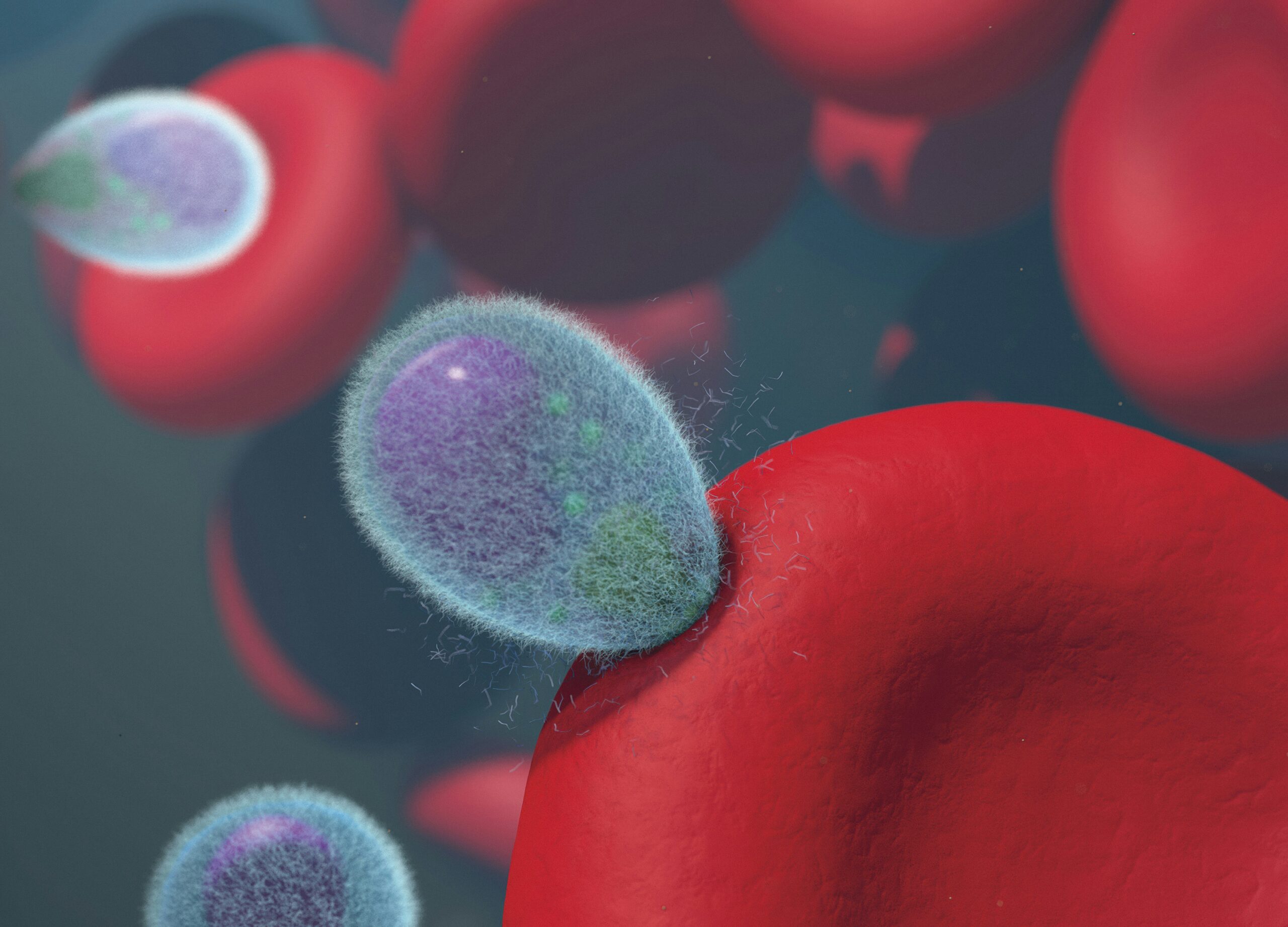 Parasite Infection
Parasite Infection Proteins and Inflammatory Markers
Proteins and Inflammatory Markers Qualitative Controls
Qualitative Controls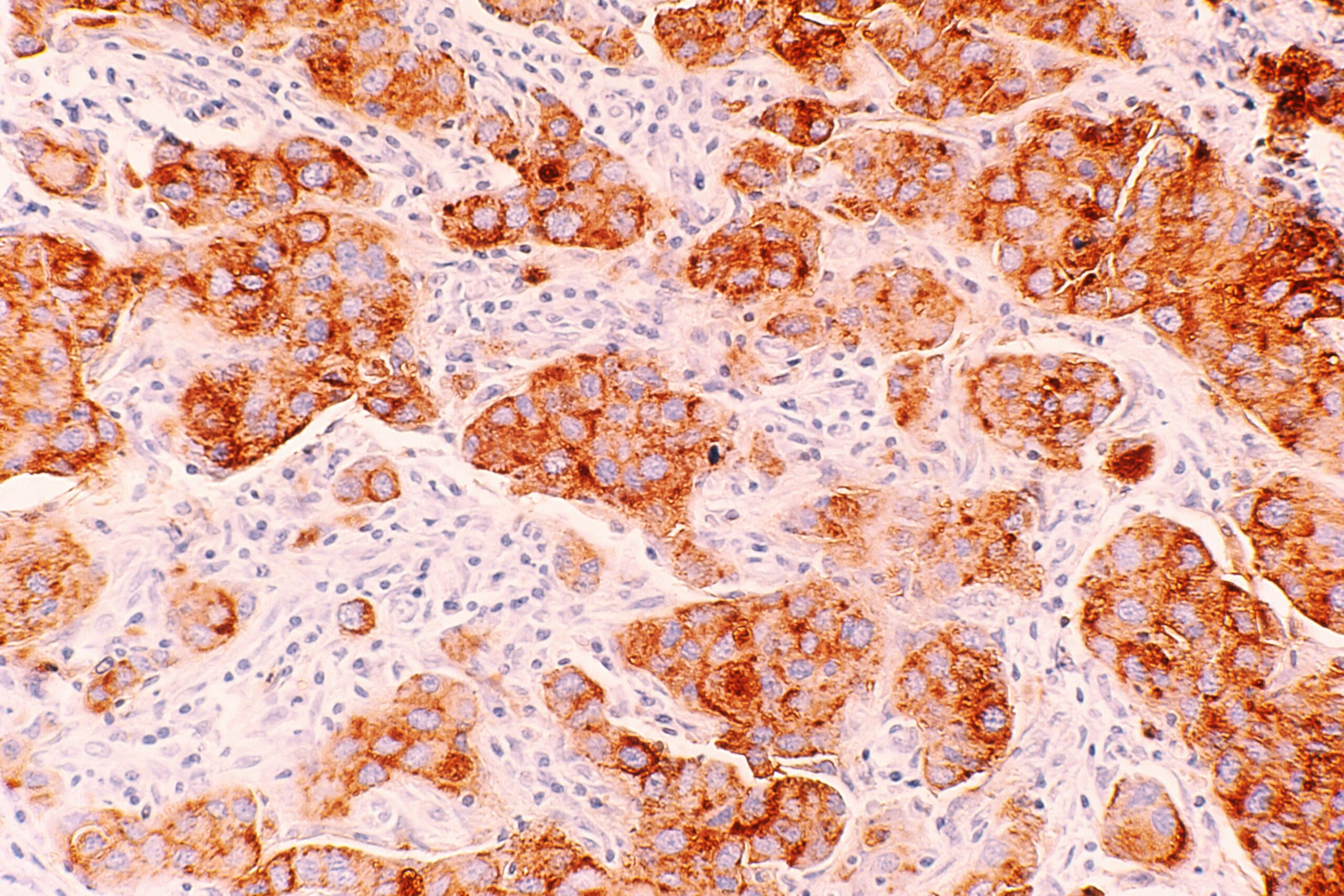 Tumor Marker
Tumor Marker Viruses
Viruses